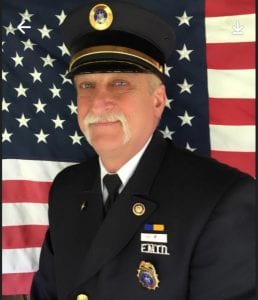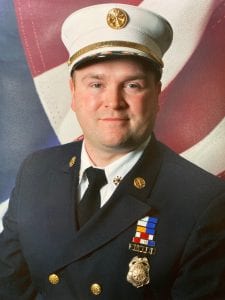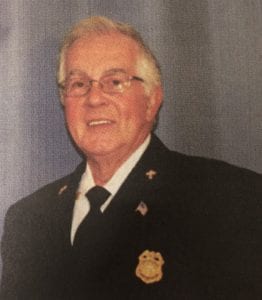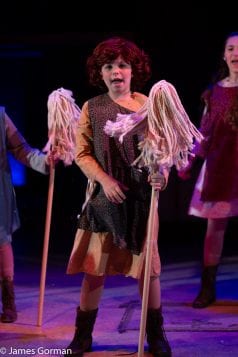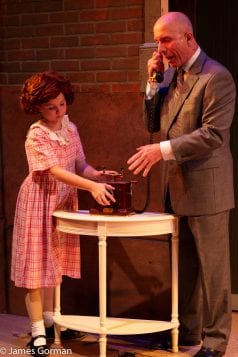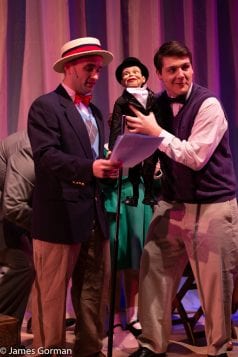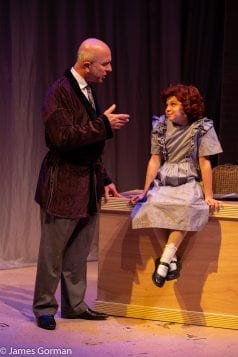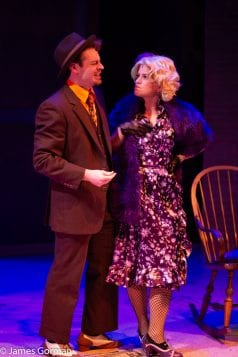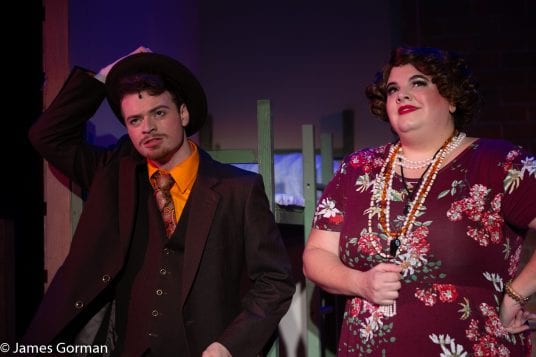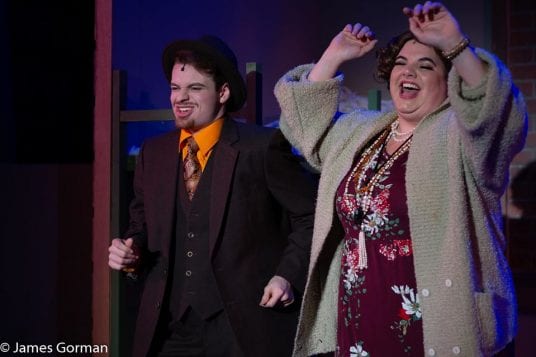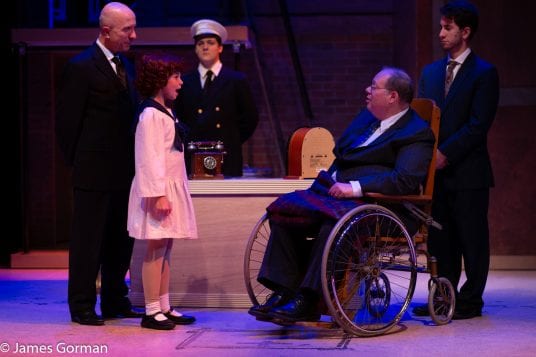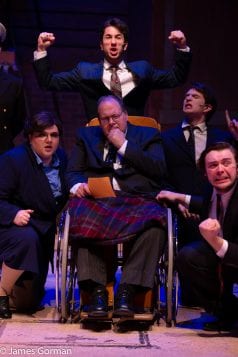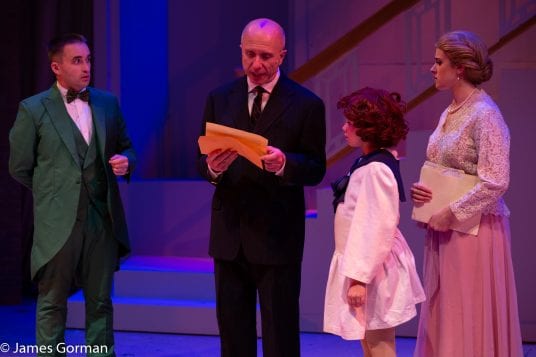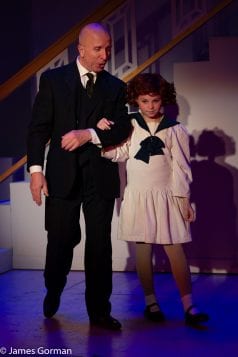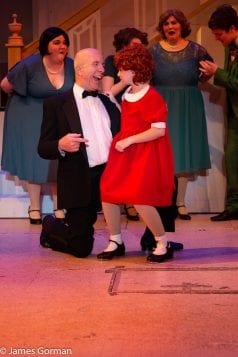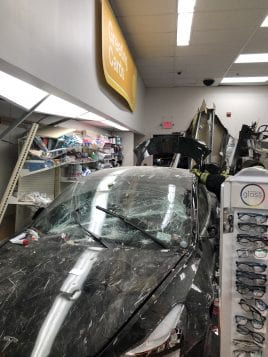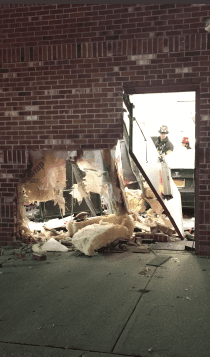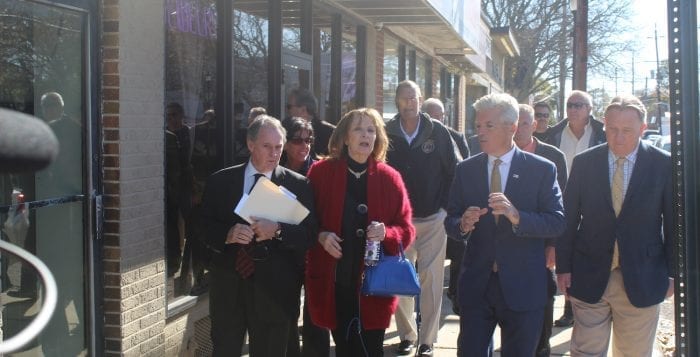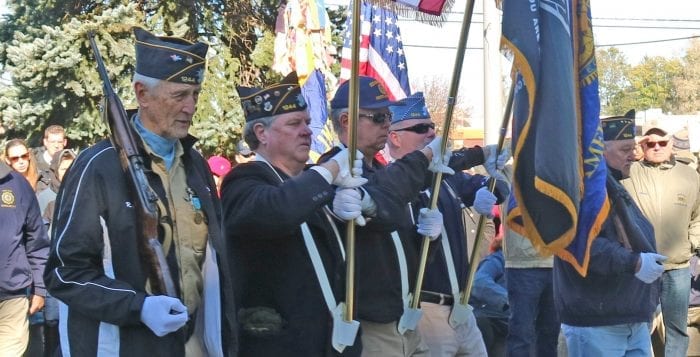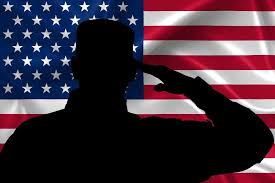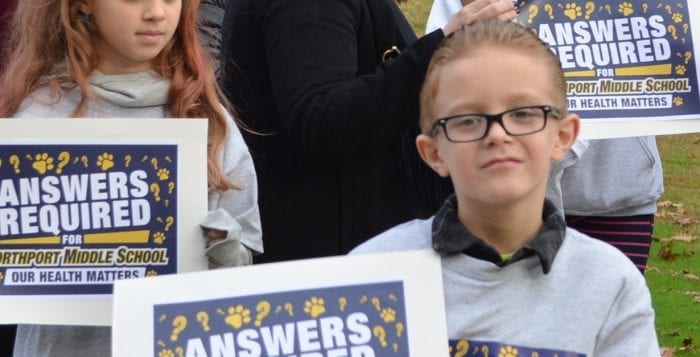Drivers are regularly reminded that deer populations along the North Shore of Long Island are increasing as many of the animals graze alongside or dart across roadways. Some of these encounters unfortunately end in collisions. With deer and people on the move during the busy holiday season, TBR News Media is taking a look at issues to hopefully curb the impact.

Destruction of vegetation
Christina Maffia, who has lived in Old Field South for 18 years, said she sees deer on her property every day, sometimes a lone buck and other times two or three animals. She described her property as “once lush, green, temperate forest that has been reduced to bare limbs below 5 feet.” She said her perennials don’t grow back due to being continuously eaten.
The appearance of depleted vegetation coincided with the arrival of the deer a few years ago. She said her neighborhood had been planted back when Frank Melville established the neighborhood in 1929. The grounds in Old Field South were designed by the landscape architecture firm of Frederick Law Olmsted, which also designed Central Park.
“These plantings are considered historical,” she said. “It’s such a shame that the historical part of this area that made it so beautiful is now being compromised.”
Maffia has sprayed her plants with a product called Deer Off, which incorporates rotten eggs in the ingredients. It deters deer, she said, but her experience has been that whenever it rains or she runs the sprinklers, she needs to reapply the product which she uses around the perimeter of her property.
The Village of Old Field recently sent an email to residents encouraging them to use deer repellent on their properties. Village officials reminded homeowners that a new generation of deer will establish their own feeding trails this time of the year. Because of these new trails, “it is a good time of year to use repellents to redirect these trails before they become solidly developed,” the village said.
According to the village email, deer repellent means less plant damage during fall and winter, and fewer deer in the village.
Kathy Schiavone, of Port Jefferson, said she and her husband also have problems with their landscaping due to the deer.
“We had tried the various remedies that have been suggested and have come to the conclusion that we will no longer buy and plant flowers to ornament our yard,” she said. “We did replace a number of yews with Japanese plum yews, which the deer do not bother. We had done this about five years ago. So far, so good.”
According to the DEC’s website, among the food deer prefer are cedar, sassafras, wintergreen, yew, mountain maple, flowering dogwood and more. A list of other vegetation they feed on can be found at www.dec.ny.gov/animals/7195.html.
There is evidence that deer are also altering forests across New York, according to the DEC. This can reduce diversity in the forest understory, enable invasive species to outcompete natives and prevent seedlings of many species from growing into the next generation of trees.

Lyme disease
Maffia and Schiavone said they are concerned about deer ticks and contracting Lyme disease due to the increased population of deer. Both have friends and neighbors who have suffered from the tick-borne disease. Schiavone said she also knows four people who have contracted babesiosis, three of whom had to be hospitalized. Maffia said she had one neighbor with Lyme disease who later got Rocky Mountain spotted fever. Another was hospitalized with a severe inflammation around his heart caused by Lyme disease.
“It’s not just aesthetics anymore,” Maffia said. “It’s people being impacted by the deer.”
Nancy Irvolino has lived near Brooksite Drive in Smithtown for more than 40 years and has noticed an increase of the animals in the area.
“Sometimes they are on the side [of Brooksite], but a lot of times they run out at night in front of my car and I slam the brakes,” she said.
While Blydenburgh County Park abuts the lane she lives on, she said it wasn’t until a couple of years ago that she started seeing deer walking down her street and eating plants. Recently, she has seen them every night near her house.
Irvolino said she worries about herself and her dogs contracting Lyme disease and doesn’t even walk in the park due to it.
According to the DEC website, deer are the primary food source for adult female ticks and reduction of deer populations to very low levels may reduce tick densities and infection rates.
The Village of Old Field email to residents claimed that deer over time can carry thousands of ticks.
Solutions
Villages across the North Shore are debating the best way to cull the herds.
“My hope is that our elected officials will realize the overabundance of deer is an important enough public issue to take action against,” Schiavone said.
Brookhaven Town Councilwoman Valerie Cartright (D-Port Jefferson Station) is currently working to present a townwide forum on deer with the DEC in the near future, according to her office.
Belle Terre allows bow hunting, and Head of the Harbor last year joined Avalon Park & Preserve in Stony Brook with a contraceptive vaccine experiment to help with deer management. The DEC supports the use of sharpshooters, who aim for an instant kill, so the animal doesn’t suffer and also advocates donating the meat to food banks.
“I am not a fan of hunting just for the sake of demonstrating one’s prowess in killing any animal,” Schiavone said. “I have been convinced by information I have gotten that culling is the answer.”
Maffia, who has been a vegetarian for 30 years, agreed.
“At this point, because there are no natural predators, they’re attacking so many things people wouldn’t think of.”
— Christina Maffia
“At this point, because there are no natural predators, they’re attacking so many things people wouldn’t think of,” she said.
Maffia said she and her wife, Donna Crinnian, have been able to decrease the amount of bird seed they buy in the winter as nesting birds have disappeared since the deer have eaten the ground covering where the birds would nest.
“They’re impacting the ecosystem,” she said.
In the Village of Port Jefferson, where hunting is prohibited, residents are asked to call 631-774-0066 if they see a deceased deer on the road and 631-744-2507 if they see a wounded deer on their property. Those who spot hunter tree stands on private property can call Kathy Grady, DEC officer, at 631-744-2507 so the location can be checked to see if it qualifies as legal hunting ground.
Brookhaven residents can call the Animal Shelter at 631-451-6950 to report deceased deer on the road. In Smithtown, people can call the Animal Shelter at 631-360-7575 about dead or injured wildlife.
When it comes to roadways, the Department of Motor Vehicles advises drivers to be extra cautious during both dawn and dusk when deer are most active, especially in the autumn months.
Insurance company State Farm recently released its animal collision study from claims data from July 1, 2018, to June 30, 2019, which estimated 1.9 million animal collision claims industrywide nationally, the large majority being with deer. During the same period, it was estimated there were 1.5 million deer claims.
“Remember, animals are unpredictable, especially when faced with glaring headlights, blowing horns and fast-moving vehicles,” said Billy Williams, Setauket State Farm agent. “They often dart into traffic.”
He added that drivers should remember that deer move in herds, so if one is seen on a roadway there may be more following.





